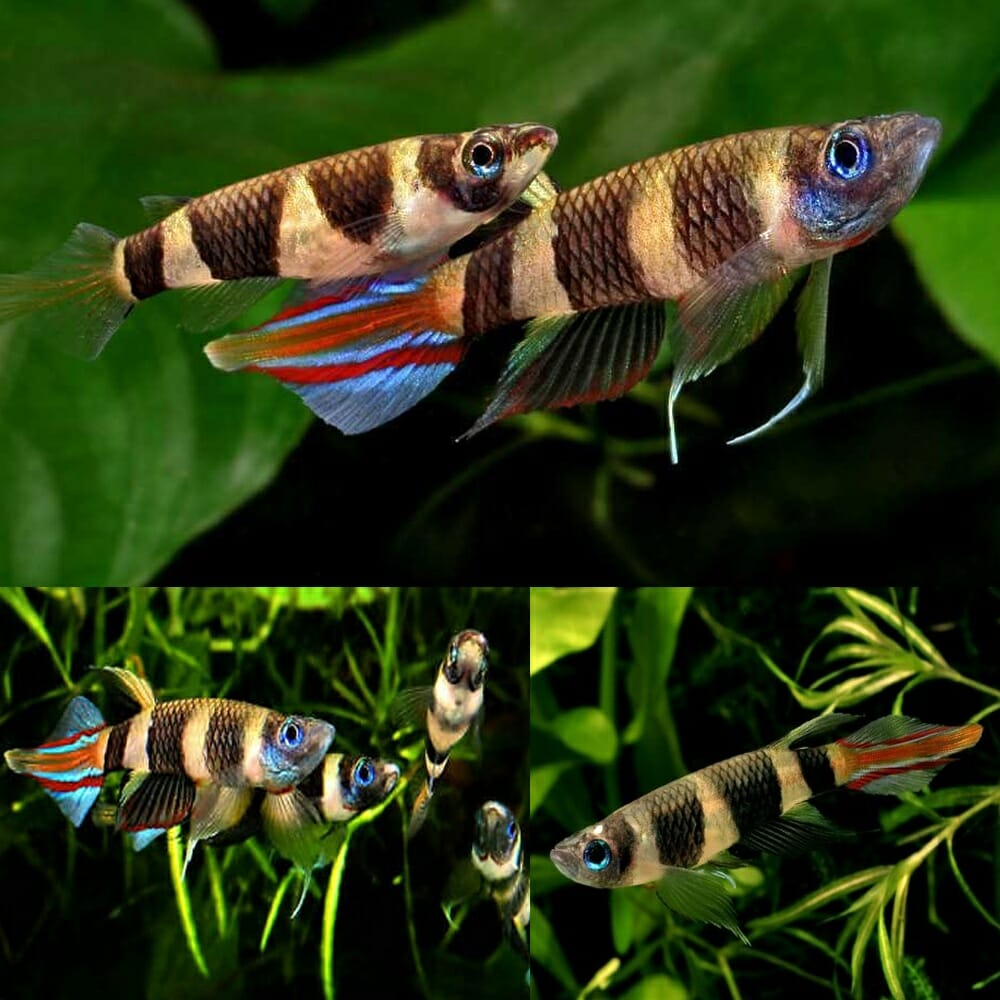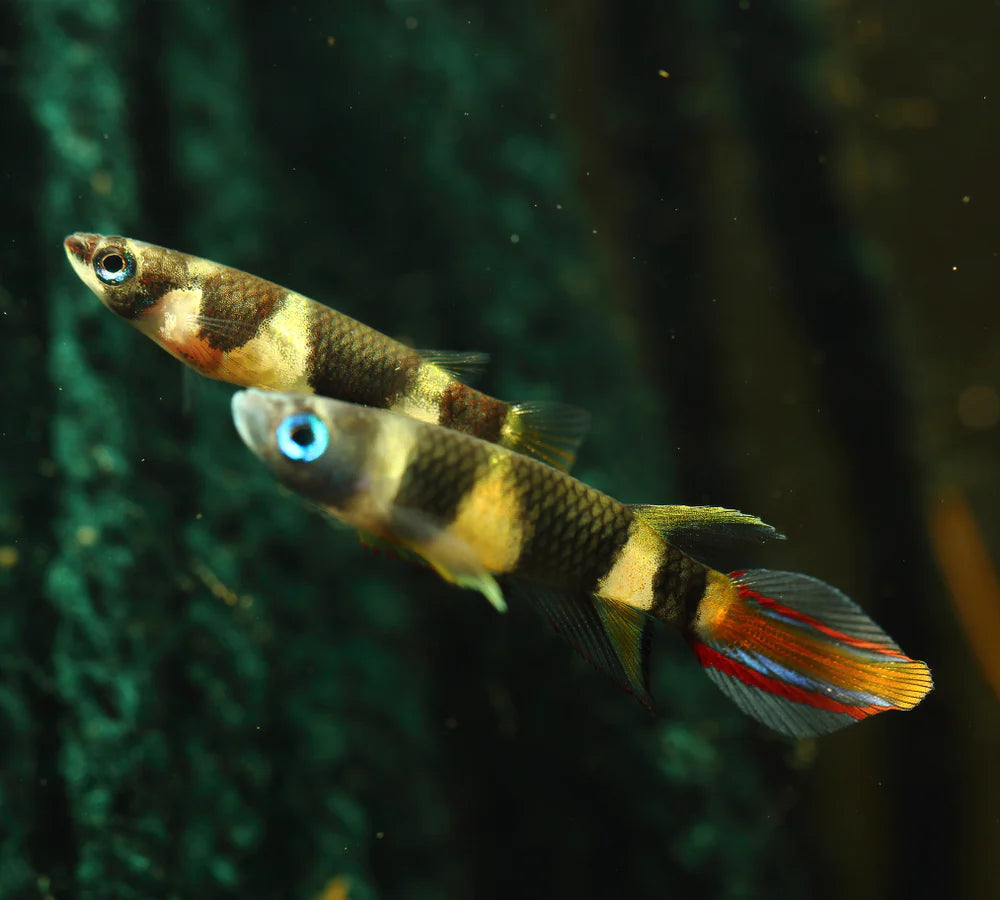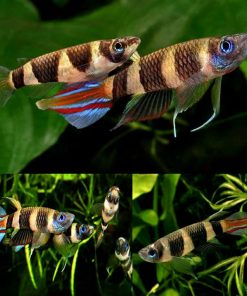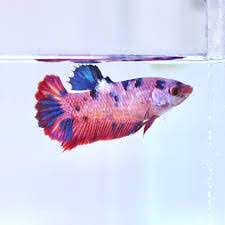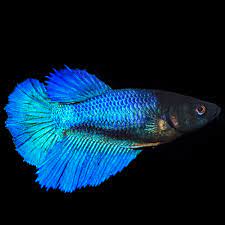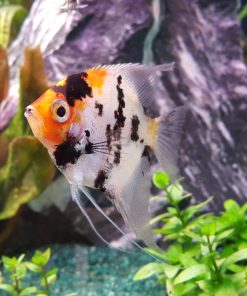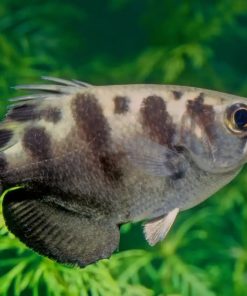Killifish – Clown Panchax (Epiplatys annulatus) Aquarium Industries
$ 17,95 $ 10,77
Classification:
Order: Cyprinodontiformes
Family: Nothobranchiidae
Distribution:
Widely-distributed in coastal lowlands of southern Guinea and Sierra Leone to northwestern Liberia (around Monrovia).
Habitat:
Inhabits lowland swamps, slowly-moving streams and small rivers in areas of open savannah and tropical rainforest where it’s found among marginal vegetation or aquatic plants. Most habitats are freshwater although it also occurs in slightly brackish conditions at some localities. The climate across its range is hot and wet with a pronounced wet season between April-May and October-November, and most rivers tend to run perennially. The water is generally warm, soft and acidic but much primary rainforest has been destroyed with surviving pockets existing as protected forest reserves in many cases.
Maximum Standard Length:
30 – 35 mm.
Aquarium Size:
Minimum base dimensions of 45 x 30cm or equivalent are recommended although smaller aquaria can be used for breeding purposes.
Maintenance:
Perhaps looks best in a heavily-planted set-up or natural-style arrangement comprising a sandy substrate plus some driftwood roots and branches. The addition of dried leaf litter would further emphasise the natural feel and as well as offering additional cover for the fish brings with it the growth of microbe colonies as decomposition occurs. These can provide a valuable secondary food source for fry and the humic substances released by the decaying leaves are also considered beneficial, with alder cones also useful in this respect. This species seems to do best under fairly dim lighting but you can add aquatic plant species that can survive under such conditions such as Microsorum, Taxiphyllum or Anubias spp., while floating vegetation, such as Ceratopteris spp., is also appreciated. It’s also sensitive to fluctuating or deteriorating water conditions and should never be added to biologically-immature aquaria.
Water Conditions:
Temperature: 20 – 26°C
pH: 4.0 – 7.0
Hardness: 18 – 143ppm
Diet:
In the aquarium it will accept dried foods of a suitable size but should also be offered daily meals of small live and frozen fare such as Artemia nauplii, Daphnia, Moina, grindal worm, etc.
Behaviour and Compatibility:
Peaceful with other species but does not make an ideal community fish due to its small size and somewhat specialised requirements. Small tetras such as Ladigesia roloffi, Lepidarchus adonis or Neolebias ansorgii make good tankmates as in fact do most similarly-sized, quiet species that enjoy comparable conditions such as many smaller cyprinids, anabantoids, callicthyids and loricariids. It’s also a suitable companion for many smaller cichlid species, but in all cases thorough research should be conducted prior to purchase. Try to buy at least 8-10 specimens since this species is relatively gregarious and the fish will not only be less shy but display more interesting behaviour when maintained in larger groups.
Sexual Dimorphism:
Males are more colourful, develop more-extended fins and grow larger than females.
Reproduction:
Relatively easy to breed and in a well-decorated, mature species set-up fry may begin to appear without further intervention. If the adults are being maintained in a community tank, however, it’s best to organise a separate aquarium for breeding purposes. This can be very simple provided it contains a suitable medium for the fish to deposit their eggs in with Riccia, Taxiphylum spp. mosses, the roots of floating plants or woollen spawning mops all equally suitable, and if filtration is desired a small air-driven sponge-type unit is best. Most breeders use a pair or single male plus two or more females with some preferring to remove and replace the medium every few days, incubating and hatching the eggs elsewhere, while others simply leave everything in situ until free-swimming fry can be seen near the water surface. Incubation is around 9-12 days at 24-25°C. Provided the plants used are mature the fry are usually able to survive on the microorganisms which are present naturally, and a dried leaf or two can be added which will also promote the growth of such animals. If raising the fry in more sterile conditions they initially require microscopic foods such as rotifers until large enough to accept Artemia nauplii and suchlike. Apparently the adults don’t predate their offspring but older fry do eat the younger so should be moved elsewhere as soon as they’re large enough. It’s important to omit larger invertebrates such as snails or shrimp from the breeding tank as they will consume E. annulatus eggs.
Fast Shipping and Professional Packaging
Because of our long-standing relationship with UPS FedEx DHL as well as other leading global carriers, we can offer a variety shipping options. Our warehouse staff is highly skilled and will wrap your goods in accordance with our exact and precise specifications. Your goods will go through a thorough inspection and be adequately secured before being shipped. We ship to thousands customers every day from all over the world. This demonstrates our dedication to become the biggest online retailer in the world. Both Europe as well as the USA have distribution and warehouse centers.
Note that orders containing more than one item are processed according to the particular item.
Before shipping, we will inspect the ordered items thoroughly. Today, the majority of orders will be delivered within 48 hours. The delivery time is estimated to be between three and seven days.
Returns
Due to the multiple parties involved, including the factory and the warehouse, we're unable to completely manage our stock. Therefore, the actual inventory could change at any time. It's possible that the stock may run out after your order has been processed.
Our policy is for 30 days. If you don't receive your product within 30 days, we are not able to issue a refund or an exchange.
Your item should be in its original packaging and in good condition. It must also not be used. The item must be returned in the original packaging.
Related products
Freshwater tropical fish
Apistogramma – Agassizii Fire Red PAIR Bundarra Tropical Fish Farm
Freshwater tropical fish
Freshwater tropical fish
Freshwater tropical fish
Freshwater tropical fish
Freshwater tropical fish
Freshwater tropical fish
Freshwater tropical fish
Freshwater tropical fish
Freshwater tropical fish
Freshwater tropical fish
Freshwater tropical fish
Freshwater tropical fish
Freshwater tropical fish
Freshwater tropical fish
Freshwater tropical fish
Freshwater tropical fish
Freshwater tropical fish
Freshwater tropical fish
Angelfish Bulgarian Seal Point 4cm Bundarra Tropical Fish Farm
Freshwater tropical fish
Freshwater tropical fish
Freshwater tropical fish
Freshwater tropical fish
Freshwater tropical fish
Freshwater tropical fish
Freshwater tropical fish
Freshwater tropical fish
Freshwater tropical fish
Apistogramma – Cacatuoides Mega Orange PAIR Bundarra Tropical Fish Farm
Freshwater tropical fish
Freshwater tropical fish
Freshwater tropical fish
Freshwater tropical fish
